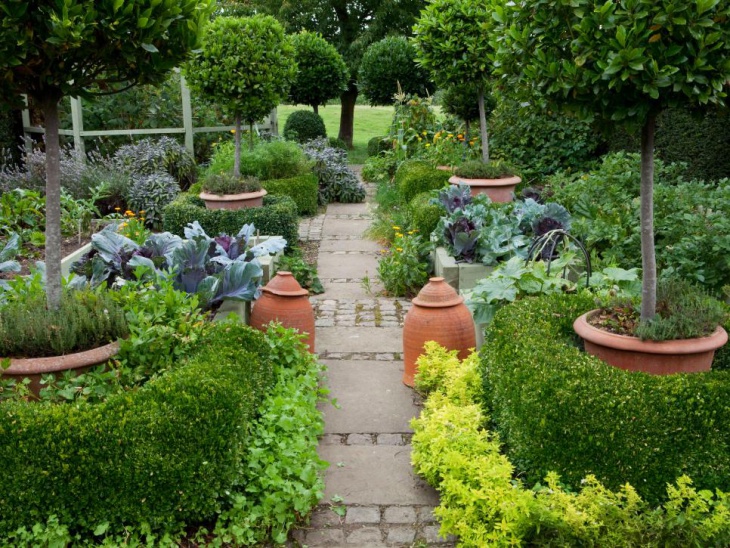What Are The Best Plants For A Formal Garden?
Are you dreaming of a stunning formal garden filled with beautiful plants and manicured hedges? Look no further than the latest design trends for inspiration. One of the key elements of a formal garden is symmetry, with meticulously arranged plants and structures creating a sense of order and elegance.

Here are some of the latest formal garden design trends to help you create your perfect outdoor haven:
1. Boxwood hedges
Boxwood hedges are a classic element of formal garden design. Their versatility means that they can be used to outline garden beds, create pathways, and provide structure to garden rooms. They can also be shaped into intricate designs, from simple squares to elaborate topiary animals.
2. Geometric plantings
Geometric plantings are another key component of formal garden design. Using plants with clean, simple shapes and arranging them in symmetrical patterns can create a sense of order and harmony. Some popular plants for geometric plantings include boxwood, yew, and lavender.
3. Sculptures and fountains
Adding sculptures or fountains to your formal garden can create a sense of grandeur and elegance. Depending on your style, you could choose a classical statue, a modern sculpture, or a whimsical water feature.
4. Gravel pathways
Gravel pathways are a classic feature of formal gardens, providing a defined walkway that complements the structured design. Pea gravel is a popular choice, as it is easy to maintain and looks great with a variety of plantings.
5. Parterre gardens
A parterre garden is a type of formal garden that uses low hedges to create intricate patterns within a garden bed. Traditionally, these gardens were filled with herbs or vegetables, but modern parterre gardens often use ornamental plants to create a stunning visual effect.
6. Outdoor lighting
Don't let your formal garden fade into the darkness when the sun goes down. Adding outdoor lighting can create a magical ambiance, highlighting your favorite plants and structures while keeping your garden safe and accessible.
7. Color coordination
Coordinating the colors of your plants can create a sense of harmony within your formal garden. Consider using a monochromatic color scheme, or choose complementary colors to add variety without overwhelming the design.
8. Espaliered fruit trees
If you have limited space, consider espaliering fruit trees against a wall or fence in your formal garden. This technique involves training the tree to grow flat against a surface, creating a beautiful and practical feature that can also provide you with fresh produce.
9. Symmetrical water features
A symmetrical water feature can be a stunning focal point for your formal garden. Consider a classic fountain, or choose a modern design that fits your personal style.
10. Outdoor seating
Don't forget to include a comfortable spot to sit and enjoy your garden. Whether you choose a classic bench, a modern lounge chair, or a cozy hammock, having a designated seating area can make your formal garden feel like a true retreat.
No matter what your personal style may be, these formal garden design trends can help you create a stunning outdoor space that will be the envy of all your neighbors. So grab your gardening gloves and get ready to transform your backyard into a luxurious formal garden.



